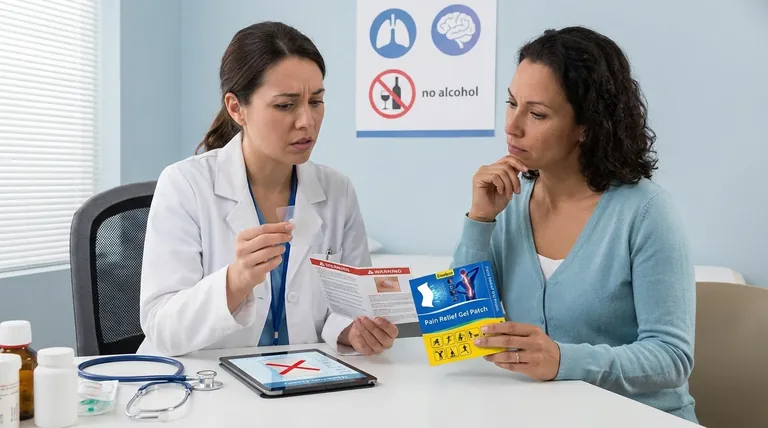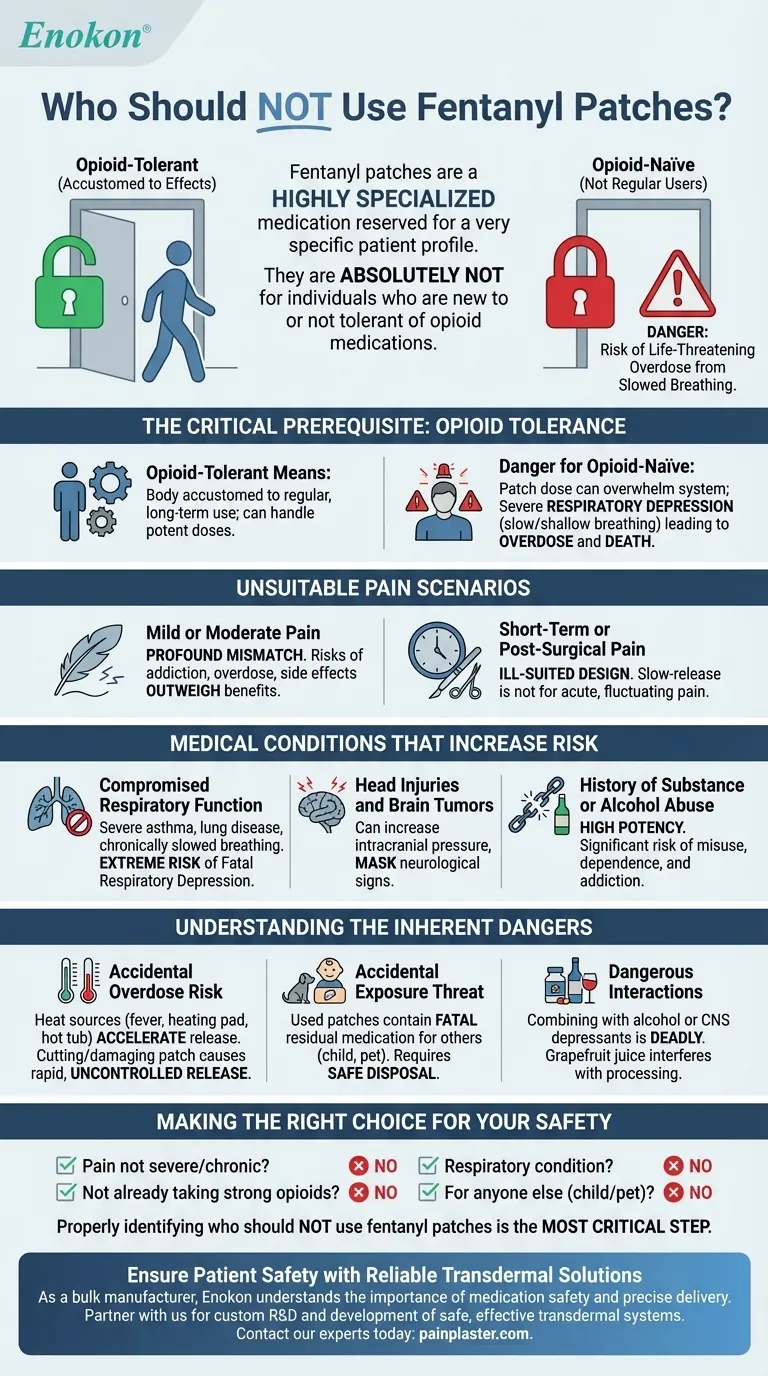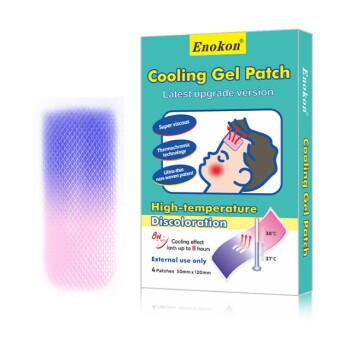Fentanyl patches are a highly specialized medication reserved for a very specific patient profile. They are absolutely not for individuals who are new to or not tolerant of opioid medications. Fentanyl patches should also not be used for mild, short-term, or post-surgical pain, or by individuals with certain medical conditions like severe asthma, lung disease, or a history of head injuries.
The core principle is that fentanyl patches are designed exclusively for patients with severe, persistent, around-the-clock pain who are already physically tolerant to strong opioid medications. For anyone else, the risk of a life-threatening overdose from slowed breathing is unacceptably high.

The Critical Prerequisite: Opioid Tolerance
What "Opioid-Tolerant" Means
An opioid-tolerant person is someone whose body has become accustomed to the effects of opioid medications through regular, long-term use.
Their system can handle a dose that would be dangerously potent, or even fatal, to someone who does not regularly take opioids.
The Danger for the Opioid-Naïve
For an individual who is not opioid-tolerant (often called opioid-naïve), the dose of fentanyl released by a patch can overwhelm their system.
This can cause severe respiratory depression, where breathing becomes dangerously slow and shallow, leading to overdose and death.
Unsuitable Pain Scenarios
Why Not for Mild or Moderate Pain
Fentanyl is one of the most potent opioids available. Using it for mild or moderate pain is a profound mismatch of tool to task.
The significant risks of addiction, overdose, and side effects far outweigh any potential benefit for pain that can be managed with less powerful alternatives.
Why Not for Short-Term or Post-Surgical Pain
Fentanyl patches are a slow-release medication designed to provide a steady level of pain control over several days.
This design is ill-suited for acute pain, such as after an injury or surgery, where pain levels fluctuate and require immediate, adjustable relief.
Medical Conditions That Increase Risk
Compromised Respiratory Function
Individuals with conditions like severe asthma, lung disease, or chronically slowed breathing are at extreme risk.
Fentanyl's primary danger is suppressing the body's drive to breathe. In someone whose respiratory system is already compromised, this effect can quickly become fatal.
Head Injuries and Brain Tumors
Opioids can increase pressure inside the skull and mask important neurological signs.
For patients with a current head injury or brain tumor, using a fentanyl patch can complicate diagnosis and treatment by obscuring changes in their condition.
History of Substance or Alcohol Abuse
Due to its high potency, fentanyl carries a significant risk of misuse, dependence, and addiction.
Those with a personal or family history of substance abuse are generally not candidates for this medication due to the elevated risk of developing a substance use disorder.
Understanding the Inherent Dangers
The Risk of Accidental Overdose
Overdose can happen easily and unintentionally. Exposing the patch to a direct heat source, like a heating pad, hot tub, or even a fever, can accelerate the release of fentanyl into the bloodstream to a lethal level.
Cutting or damaging a patch can also cause a rapid, uncontrolled release of the medication.
The Threat of Accidental Exposure
Even a used fentanyl patch contains enough residual medication to cause a fatal overdose in someone else, particularly a child or pet.
Patches must be handled with extreme care to ensure they do not accidentally stick to another person. Safe disposal, such as folding the patch in half and flushing it, is critical.
Dangerous Medication and Substance Interactions
Combining fentanyl with other substances that depress the central nervous system can be deadly.
Alcohol and certain other medications dramatically increase the risk of severe respiratory depression. Even grapefruit juice can interfere with how the body processes the drug, leading to dangerous concentrations.
Making the Right Choice for Your Safety
Before considering this medication, it is vital to understand its specific and limited purpose.
- If your pain is not severe and chronic: The fentanyl patch is inappropriate, as its risks are only justified for constant, high-level pain.
- If you are not already taking strong opioids regularly: You are considered "opioid-naïve," and a standard fentanyl patch dose could be fatal.
- If you have a respiratory condition like severe asthma or COPD: The medication’s primary risk is slowed breathing, which is exceptionally dangerous for you.
- If the medication is for anyone else, especially a child: Do not use it. Accidental exposure to even a used patch can cause a fatal overdose.
Properly identifying who should not use fentanyl patches is the most critical step in preventing their life-threatening risks.
Summary Table:
| Patient Profile | Primary Reason for Avoidance | Key Risk |
|---|---|---|
| Opioid-Naïve Individuals | Not tolerant to opioids | Life-threatening respiratory depression and overdose |
| Patients with Mild/Moderate or Acute Pain | Pain is mismatched to patch's potency and design | High risk of side effects, addiction, and overdose |
| Individuals with Severe Asthma/Lung Disease | Compromised respiratory function | Extreme risk of fatal respiratory depression |
| Patients with Head Injuries/Brain Tumors | Can increase intracranial pressure | Masks crucial neurological symptoms |
| History of Substance/Alcohol Abuse | High potential for misuse and addiction | Elevated risk of developing a substance use disorder |
Ensure Patient Safety with Reliable Transdermal Solutions
As a bulk manufacturer of reliable transdermal patches and pain plasters, Enokon understands the critical importance of medication safety and precise delivery. If you are a healthcare or pharmaceutical distributor or brand looking for a trusted partner for custom R&D and development of transdermal systems, we can help.
Our technical expertise ensures that your products are developed with the highest standards of quality and efficacy. Benefit from our experience to create safe, effective solutions for your patients.
Contact our experts today to discuss your custom transdermal patch needs.
Visual Guide

Related Products
- Menthol Gel Pain Relief Patch
- Icy Hot Menthol Medicine Pain Relief Patch
- Far Infrared Deep Heat Relief Patches Medicated Pain Relief Patches
- Asthma Cough and Pain Relief Patch for Adults and Kids
- Far Infrared Heat Pain Relief Patches Transdermal Patches
People Also Ask
- How does menthol in the patch work to relieve pain? Discover the Science Behind Fast-Acting Relief
- What are the pharmacokinetics of topical menthol application? Rapid Absorption & Short-Term Relief Explained
- How does menthol function as a topical analgesic? The Science Behind Cooling Pain Relief
- Is menthol topical safe during pregnancy and breastfeeding? Key Safety Insights
- What are the serious side effects of menthol patch that require immediate medical attention?
















